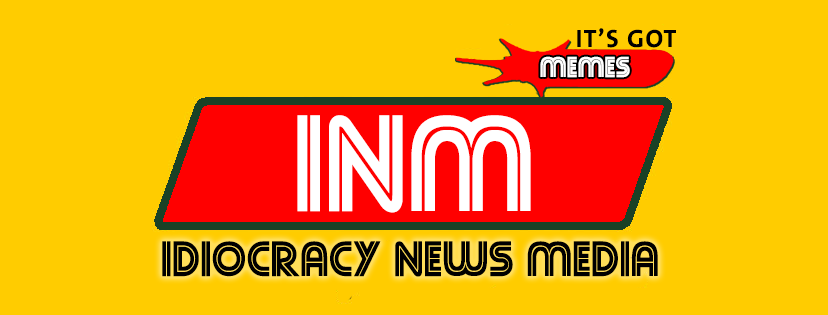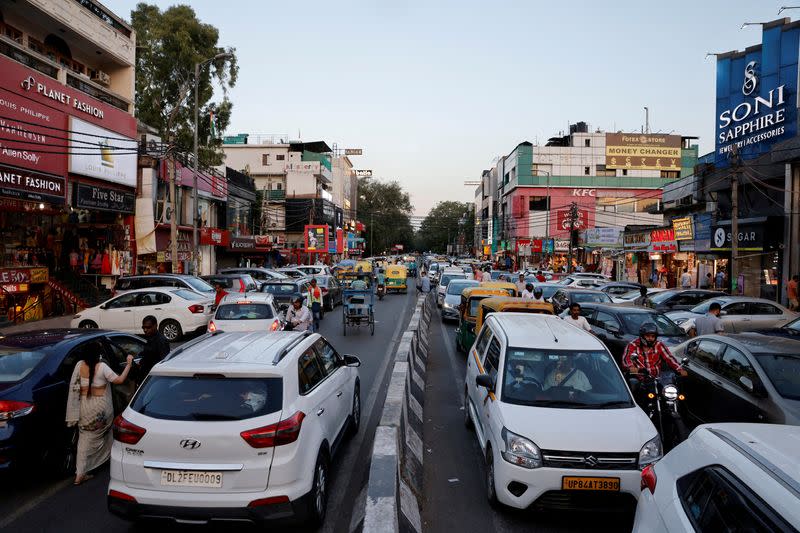NEW DELHI (Reuters) -Indian Prime Minister Narendra Modi’s government’s roll-out of ethanol-blended fuel, called E20, has caused panic and confusion in the world’s third-largest auto market.
Here are facts about E20 and details of its impact:
HOW WAS E20 ROLLED OUT? HOW DOES IT HELP?
E20 is petrol blended with 20% ethanol, an alcohol mainly produced from sugarcane and grains such as maize and rice. It was introduced at a few pumps in April 2023 and has been rolled out across India since April 2025, replacing the 10% ethanol fuel, called E10, that most cars are designed to use.
In recent weeks, older fuel blends like E10 and E5 have ceased to be available, leaving consumers with no choice but to buy E20.
India says E20 reduces oil imports, helping to save $5 billion in foreign exchange this year, and will add almost $4.6 billion to farmer incomes.
The fuel is also considered less polluting.
WHY ARE INDIANS ANGRY?
Brazil and the United States are among other major markets pushing ethanol-blended fuels. But those nations – unlike India – offer multiple fuel blends at their pumps, giving consumers a choice.
Indian motorists worry about having no other fuel option at the country’s 90,000 pumps, and how E20 may affect the performance of their older cars and motorcycles.
Many car manuals cite only E5 or E10 as permitted fuels to be used, adding to the confusion – even though an auto industry group, not automakers directly, had said warranties and insurance claims would be honoured.
WHAT DO THE INDUSTRY AND GOVERNMENT SAY?
The government says the fears are unfounded and E20 is the only way forward. Older vehicles may need to replace some rubber parts and gaskets but the government says that is a “simple process”.
The auto industry has largely supported the government’s line.
It said last week that, according to lab tests, fuel efficiency falls by 2-4% with the use of E20 – higher in real world conditions and older vintages, but called it a safe fuel.
This marks a drastic change from the industry’s long-standing position on E20.
In 2020, the Society of Indian Automobile Manufacturers said the government must provide E10 alongside E20 to ensure the “safe operation” of vehicles, adding that changing parts in older vehicles is a “mammoth task”.
WHO DOES IT HELP?
India’s sugar mills and distilleries like Bajaj Hindusthan Sugar, Balrampur Chini Mills and Shree Renuka Sugars gain from higher sugar demand, and so do ethanol producers like Praj Industries and CIAN Agro.
State-run oil marketing companies, including Indian Oil Corporation, Bharat Petroleum Corporation and Hindustan Petroleum Corp gain from reduced crude imports.
(Reporting by Aditi Shah and Aditya Kalra; editing by Barbara Lewis)
Terms and Privacy Policy
Yahoo News – Latest News & Headlines
Read the full article .


